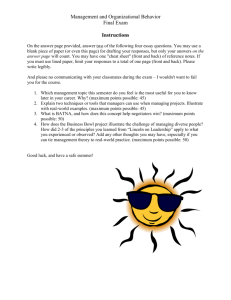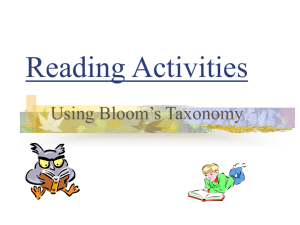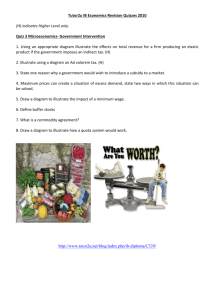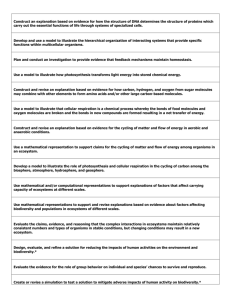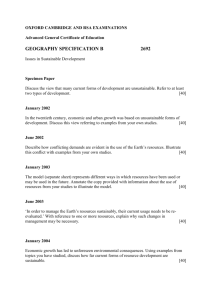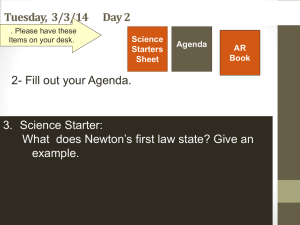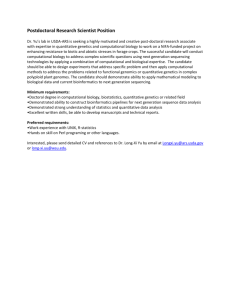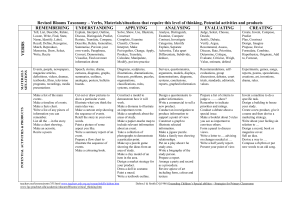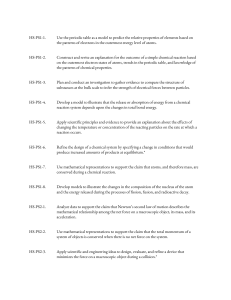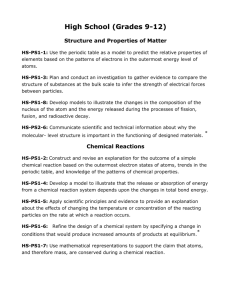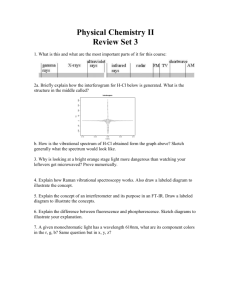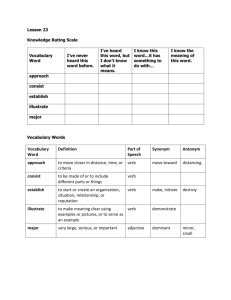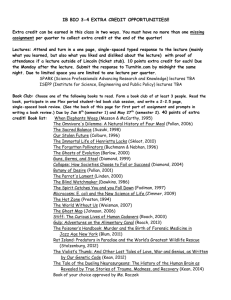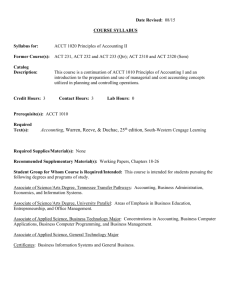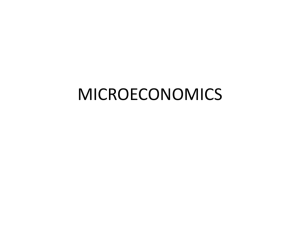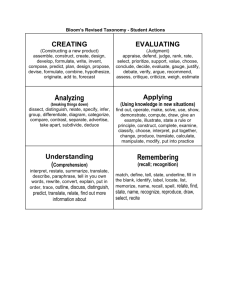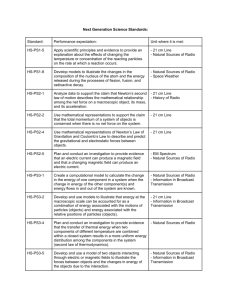File
advertisement
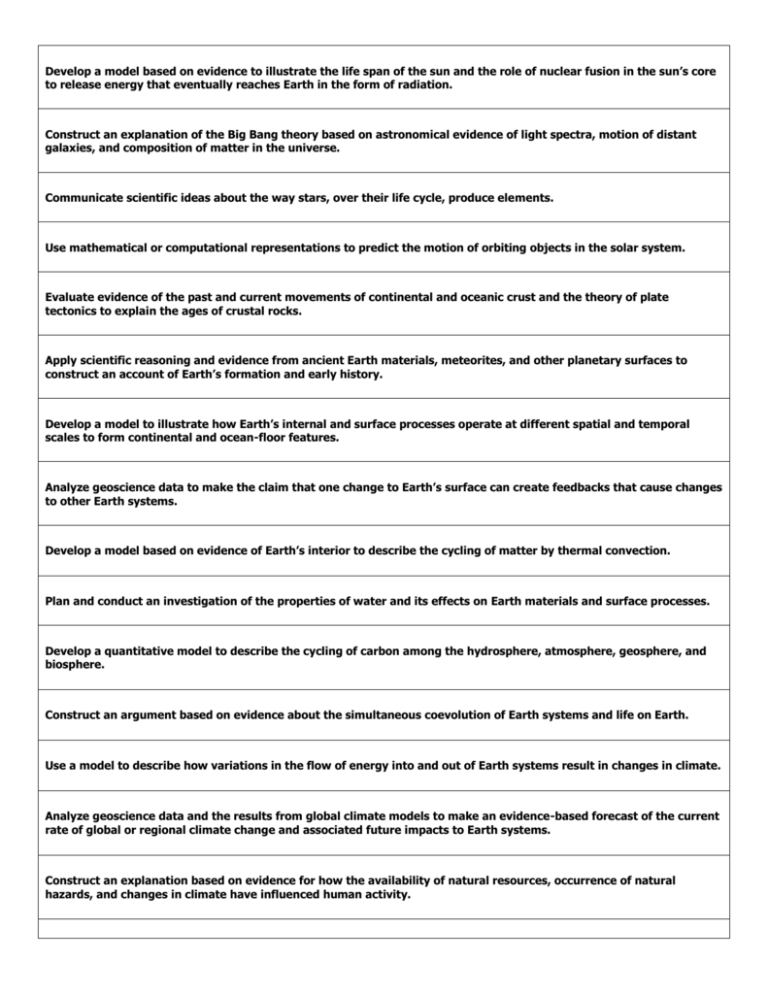
Develop a model based on evidence to illustrate the life span of the sun and the role of nuclear fusion in the sun’s core to release energy that eventually reaches Earth in the form of radiation. Construct an explanation of the Big Bang theory based on astronomical evidence of light spectra, motion of distant galaxies, and composition of matter in the universe. Communicate scientific ideas about the way stars, over their life cycle, produce elements. Use mathematical or computational representations to predict the motion of orbiting objects in the solar system. Evaluate evidence of the past and current movements of continental and oceanic crust and the theory of plate tectonics to explain the ages of crustal rocks. Apply scientific reasoning and evidence from ancient Earth materials, meteorites, and other planetary surfaces to construct an account of Earth’s formation and early history. Develop a model to illustrate how Earth’s internal and surface processes operate at different spatial and temporal scales to form continental and ocean-floor features. Analyze geoscience data to make the claim that one change to Earth’s surface can create feedbacks that cause changes to other Earth systems. Develop a model based on evidence of Earth’s interior to describe the cycling of matter by thermal convection. Plan and conduct an investigation of the properties of water and its effects on Earth materials and surface processes. Develop a quantitative model to describe the cycling of carbon among the hydrosphere, atmosphere, geosphere, and biosphere. Construct an argument based on evidence about the simultaneous coevolution of Earth systems and life on Earth. Use a model to describe how variations in the flow of energy into and out of Earth systems result in changes in climate. Analyze geoscience data and the results from global climate models to make an evidence-based forecast of the current rate of global or regional climate change and associated future impacts to Earth systems. Construct an explanation based on evidence for how the availability of natural resources, occurrence of natural hazards, and changes in climate have influenced human activity. Evaluate competing design solutions for developing, managing, and utilizing energy and mineral resources based on cost-benefit ratios.* Create a computational simulation to illustrate the relationships among management of natural resources, the sustainability of human populations, and biodiversity. Evaluate or refine a technological solution that reduces impacts of human activities on natural systems.* Use a computational representation to illustrate the relationships among Earth systems and how those relationships are being modified due to human activity.* Evaluate a solution to a complex real-world problem based on prioritized criteria and trade-offs that account for a range of constraints, including cost, safety, reliability, and aesthetics, as well as possible social, cultural, and environmental impacts. Analyze a major global challenge to specify qualitative and quantitative criteria and constraints for solutions that account for societal needs and wants. Design a solution to a complex real-world problem by breaking it down into smaller, more manageable problems that can be solved through engineering. Use a computer simulation to model the impact of proposed solutions to a complex real-world problem with numerous criteria and constraints on interactions within and between systems relevant to the problem.
